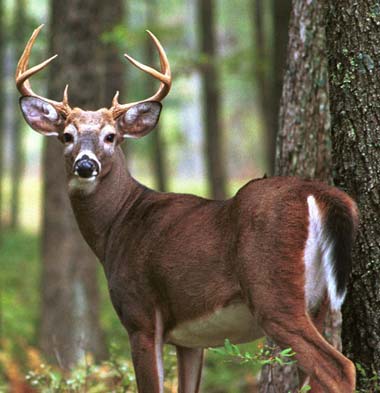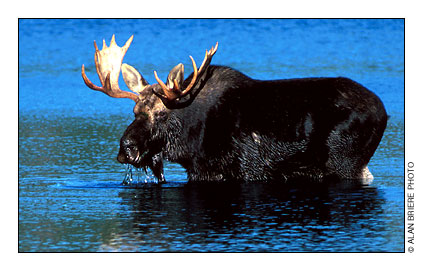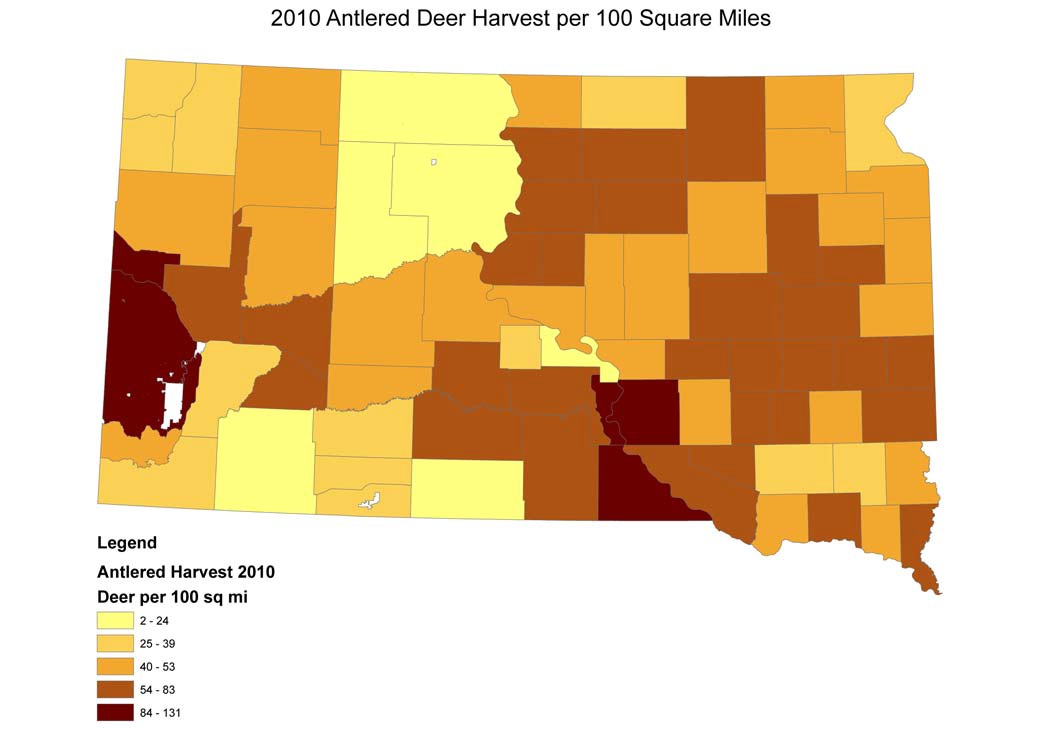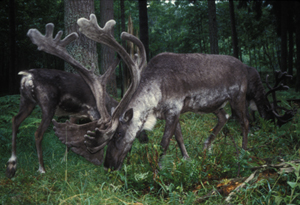Yes, we’re falling for it. When a wildlife conservation organization calls caribou “reindeer” on the day before Christmas, we are going to run with it. ‘Tis the season, after all.
What really happened was that the Wildlife Conservation Society of Canada received a three-year grant to work in Ontario’s Far North and Northern British Columbia/Southern Yukon. The grant is from the W. Garfield Weston Foundation.
Now you see, caribou live in this region, and caribou, when domesticated in Eurasia, are called reindeer. Interesting trivia: while reindeer are culturally vital on the Russian side of the Bering Straight, native North American people didn’t domesticate caribou, and didn’t show much interest in raising reindeer when they were introduced in the region. (These facts from the National Museum of Natural History’s Arctic Studies Center.)
As for the grant: “The conservation challenges in Canada’s north are ever increasing and the supporters of those challenges are dwindling,” said Dr. Justina Ray, Executive Director of WCS Canada in the press release. It comes at a good time.

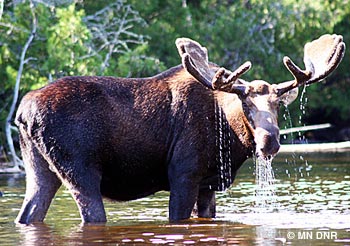 The the Minnesota Department of Natural Resources’ list of endangered, threatened and special concern species is due to get its first update since 1996,
The the Minnesota Department of Natural Resources’ list of endangered, threatened and special concern species is due to get its first update since 1996, 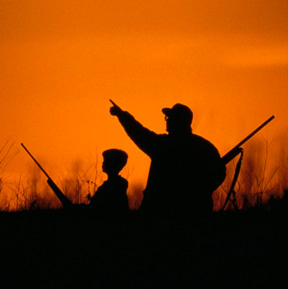 Most of the news from state wildlife agencies across the country this week are about hunting: seasons opening and closing, whether the numbers are up or down for a particular season. For the folks at the
Most of the news from state wildlife agencies across the country this week are about hunting: seasons opening and closing, whether the numbers are up or down for a particular season. For the folks at the 
